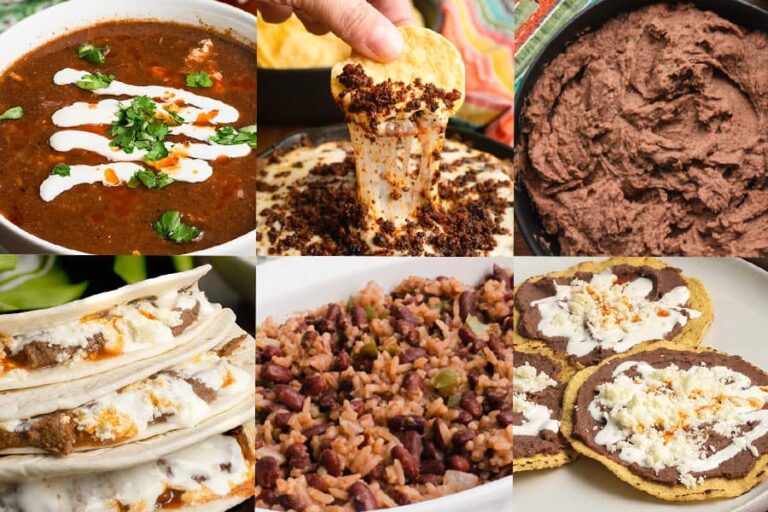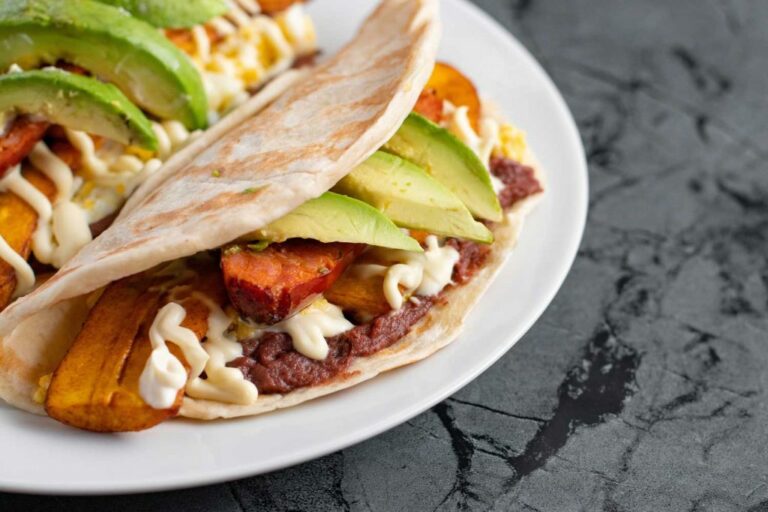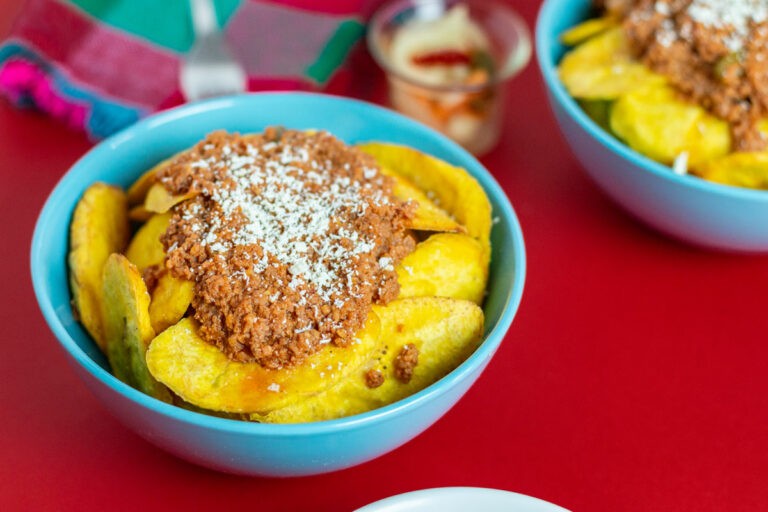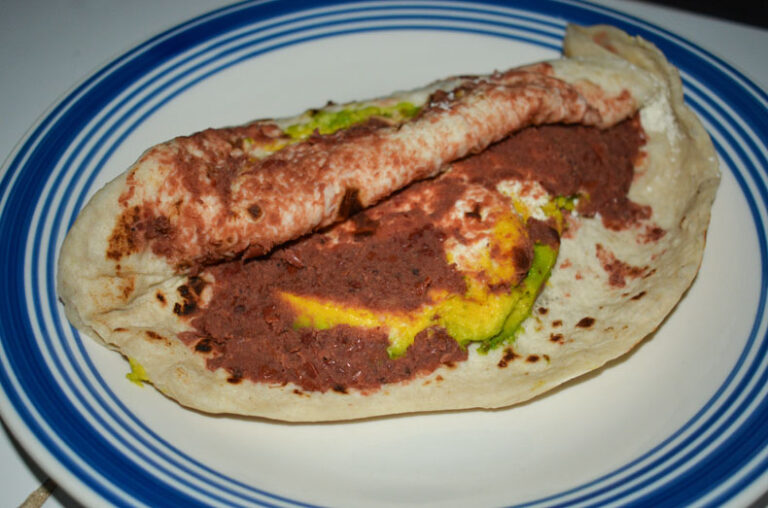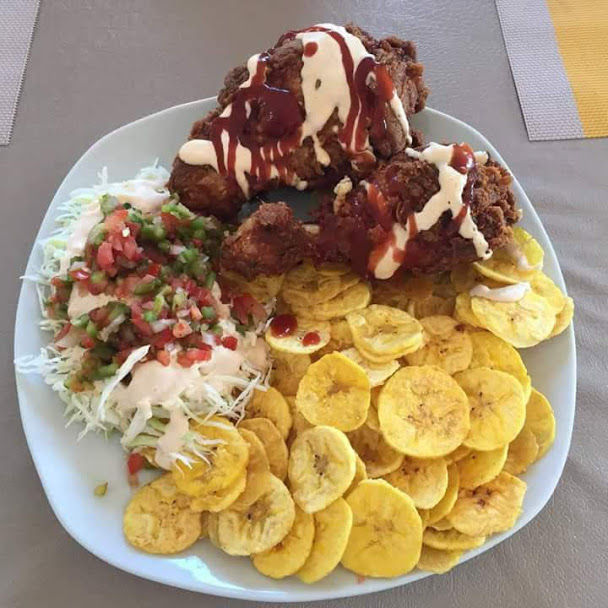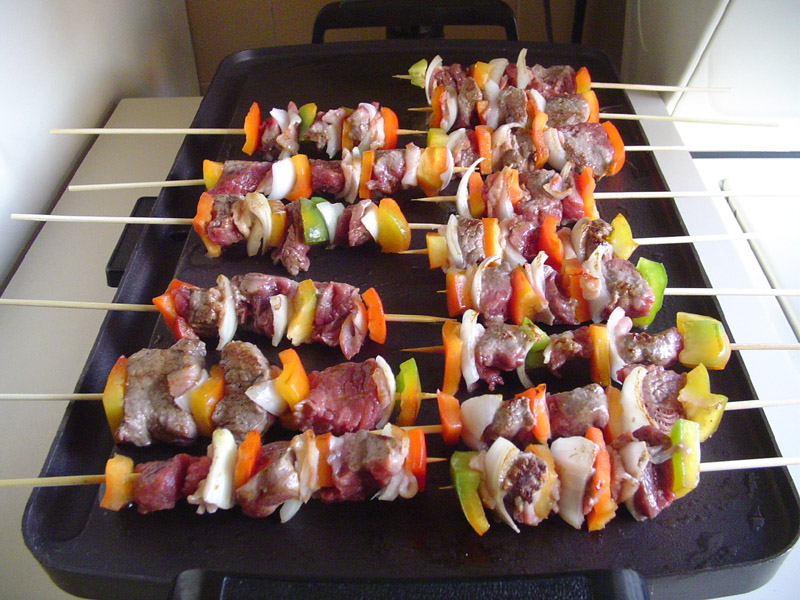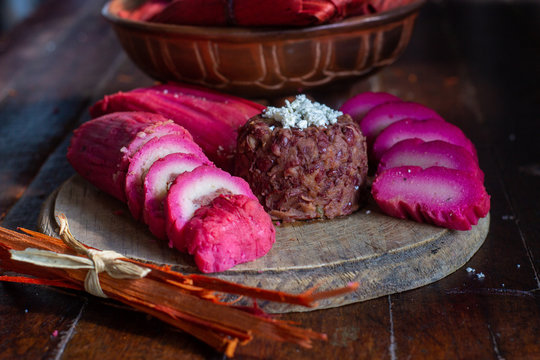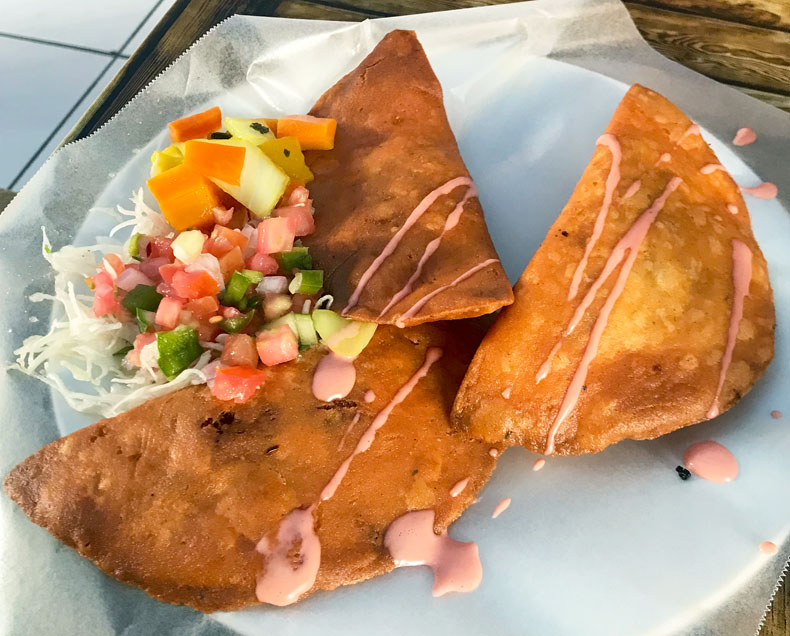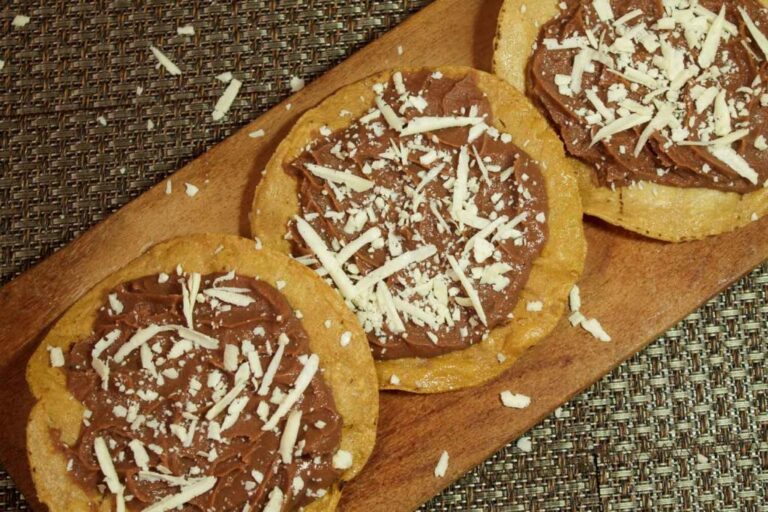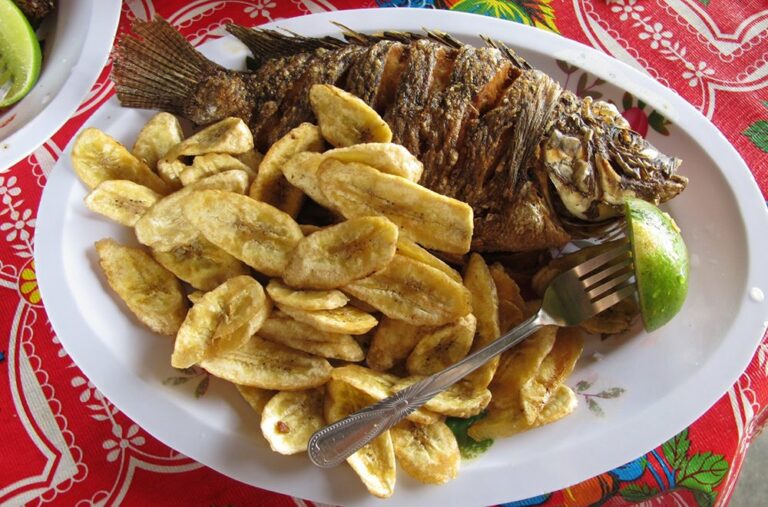Introduction: Honduran Cuisine
Honduran cuisine is a reflection of the country’s diverse cultural heritage, blending Indigenous, African, and Spanish influences. Honduran dishes are known for their bold flavors, using a variety of spices, herbs, and sauces. The cuisine is also characterized by the use of fresh ingredients such as seafood, fruits, and vegetables.
A Brief Overview of Honduran Condiments
Condiments are an essential part of Honduran cuisine, adding flavor and texture to dishes. Some of the most commonly used condiments in Honduran cooking include Salsa Roja, Chirmol, Chimol, and Tajadas. These condiments are used to complement different dishes and enhance their taste.
Salsa Roja: The Versatile Honduran Sauce
Salsa Roja is a versatile sauce that is commonly used in Honduran cuisine. It is made by blending tomatoes, onions, garlic, and chili peppers. Salsa Roja is used as a dip for tortilla chips, as a topping for tacos, and as a marinade for meats. It adds a spicy and tangy flavor to dishes and is a must-have in every Honduran kitchen.
Chirmol: The Traditional Honduran Condiment
Chirmol is a traditional Honduran condiment that is made by roasting tomatoes, peppers, and onions on a grill or a comal. The roasted vegetables are then mashed together with spices such as cumin, coriander, and oregano. Chirmol is often served as a side dish with grilled meats and seafood. It has a smoky and slightly sweet flavor that complements the meat’s richness.
Chimol: A Tangy Honduran Salsa
Chimol is a tangy Honduran salsa that is made by mixing finely chopped tomatoes, onions, and cilantro. The salsa is then seasoned with lime juice, salt, and pepper. Chimol is often served as a garnish for dishes such as fried fish and carne asada. It adds a fresh and zesty flavor to the dish and balances out the meat’s richness.
Tajadas: A Sweet and Savory Honduran Side Dish
Tajadas are a sweet and savory side dish that is commonly served with Honduran meals. They are made by slicing ripe plantains and frying them until they are golden brown. Tajadas are then sprinkled with salt and served alongside a variety of different dishes. They add a sweet and crispy texture to the meal and are a favorite among Hondurans.
In conclusion, Honduran cuisine is enriched by its diverse cultural heritage and the use of various condiments and sauces that add flavor and texture to dishes. The Salsa Roja, Chirmol, Chimol, and Tajadas are just a few examples of the many delicious and traditional condiments that are used in Honduran cooking.

